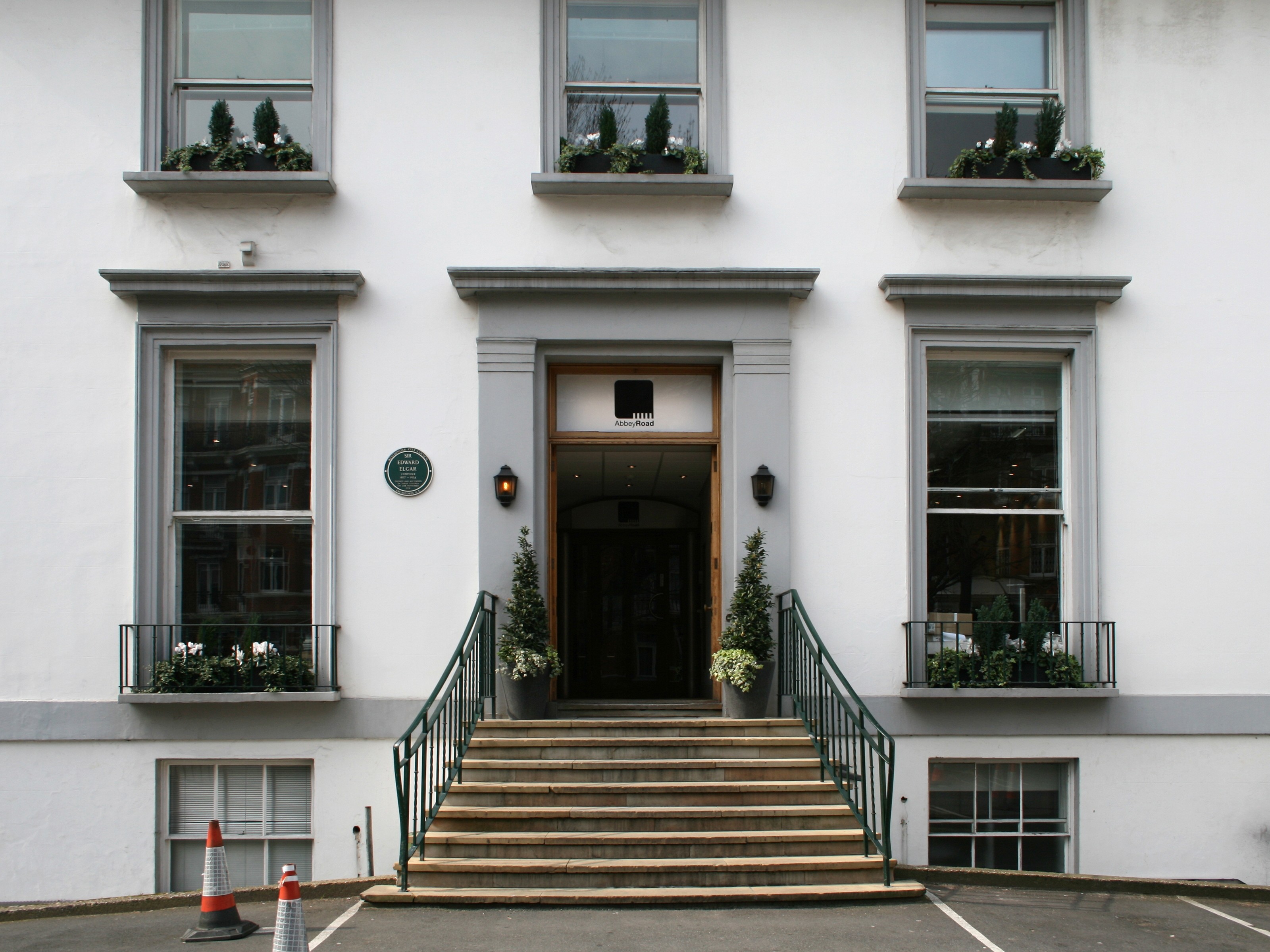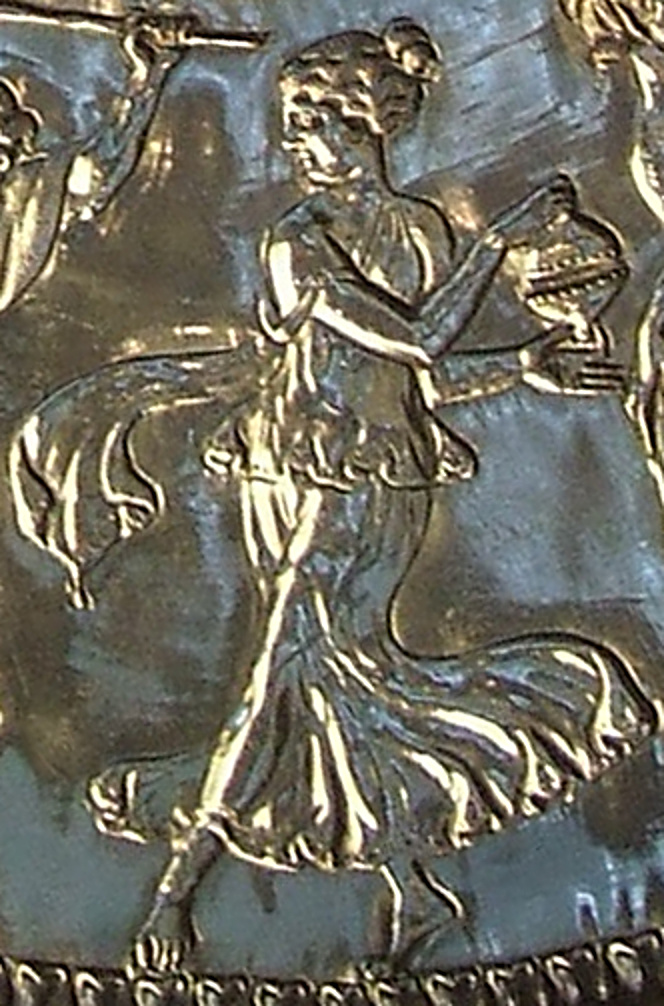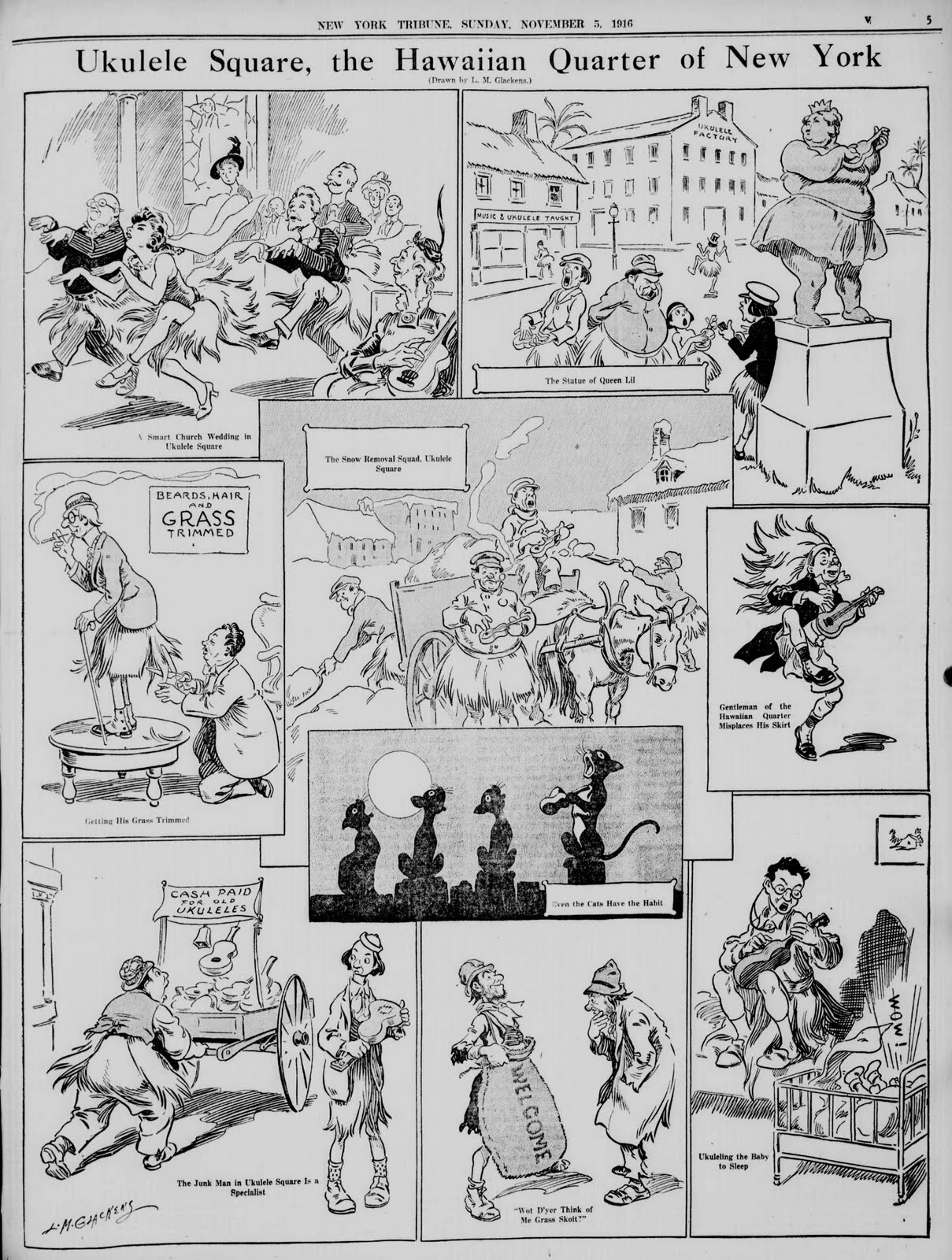|
All Together Now (Beatles Song)
"All Together Now" is a song by the English rock band the Beatles written primarily by Paul McCartney and credited to the Lennon–McCartney partnership. The song was recorded during the band's ''Magical Mystery Tour'' period, but remained unreleased until it was included on the '' Yellow Submarine'' soundtrack. It was released as a single in 1972 in European countries such as France and Germany, backed by "Hey Bulldog". Background McCartney described the song as a children's sing-along with the title phrase inspired by the music hall tradition of asking the audience to join in. He also described a "subcurrent" in the song, a dual-meaning where "we are all together now.” According to music critic Tom Maginnis of AllMusic, McCartney created the song "to match the same light-hearted spirit" of " Yellow Submarine". Recording The track was recorded on 12 May 1967 at EMI Studios and mixed the same day, but was not released until 13 January 1969, when it appeared on the soundtrack al ... [...More Info...] [...Related Items...] OR: [Wikipedia] [Google] [Baidu] |
The Beatles
The Beatles were an English Rock music, rock band, formed in Liverpool in 1960, that comprised John Lennon, Paul McCartney, George Harrison and Ringo Starr. They are regarded as the Cultural impact of the Beatles, most influential band of all time and were integral to the development of counterculture of the 1960s, 1960s counterculture and popular music's recognition as an art form. Rooted in skiffle, beat music, beat and 1950s rock and roll, rock 'n' roll, their sound incorporated elements of classical music and traditional pop in innovative ways; the band also explored music styles ranging from folk music, folk and Music of India, Indian music to Psychedelic music, psychedelia and hard rock. As Recording practices of the Beatles, pioneers in recording, songwriting and artistic presentation, the Beatles revolutionised many aspects of the music industry and were often publicised as leaders of the era's Baby boomers, youth and sociocultural movements. Led by primary songwriter ... [...More Info...] [...Related Items...] OR: [Wikipedia] [Google] [Baidu] |
Clapping
A clap is the percussive sound made by striking together two flat surfaces, as in the body parts of humans or animals. Humans clap with the palms of their hands, often quickly and repeatedly to express appreciation or approval (see applause), but also in rhythm as a form of body percussion to match the sounds in music, dance, chants, hand games, and clapping games. Some people slap the back of one hand into the palm of the other hand to signify urgency or enthusiasm. This act may be considered uncouth by others. Clapping is used in many forms of music. In American music, clapping is popular in Gospel, Doo-wop and early Pop. In flamenco and sevillanas, two Spanish musical genres, clapping is called '' palmas'' and often sets the rhythm and is an integral part of the songs. A sampled or synthesized clap is also a staple of electronic and pop music. Musical works that include clapping Classical works performed entirely by clapping * Steve Reich, ''Clapping Music'' (1972) * ... [...More Info...] [...Related Items...] OR: [Wikipedia] [Google] [Baidu] |
Yellow Submarine (film)
''Yellow Submarine'' (also known as ''The Beatles: Yellow Submarine'') is a 1968 animated jukebox musical comedy adventure film inspired by the music of the Beatles, directed by animation producer George Dunning, and produced by United Artists and King Features Syndicate. Initial press reports stated that the Beatles themselves would provide their own character voices. However, aside from composing and performing the songs, the real Beatles participated only in the closing scene of the film, while their cartoon counterparts were voiced by other actors. The film received widespread acclaim from critics and audiences alike, in contrast to the Beatles' previous film venture ''Magical Mystery Tour''. Pixar co-founder and former chief creative officer John Lasseter has credited the film with generating wider interest in animation as a serious art form, it having been generally considered a children's medium at the time. ''Time'' commented that it "turned into a smash hit, delighting a ... [...More Info...] [...Related Items...] OR: [Wikipedia] [Google] [Baidu] |
Mark Lewisohn
Mark Lewisohn (born 16 June 1958) is an English historian and biographer. Since the 1980s, he has written many reference books about the Beatles and has worked for EMI, MPL Communications and Apple Corps.Catching Up With Mark Lewisohn What Goes On, 4 April 2005 He has been referred to as the world's leading authority on the band ''The Independent'', 26 April 2004 due to his meticulous research and integrity. His works include '' [...More Info...] [...Related Items...] OR: [Wikipedia] [Google] [Baidu] |
Ian MacDonald
Ian MacCormick (known by the pseudonym Ian MacDonald; 3 October 1948 – 20 August 2003) was a British music critic and author, best known for both ''Revolution in the Head'', his critical history of the Beatles which borrowed techniques from art historians, and ''The New Shostakovich'', a study of Russian composer Dmitri Shostakovich. Biography MacDonald briefly attended King's College, Cambridge, at first to study English, then archaeology and anthropology. He dropped out after a year. While at Cambridge, he was distantly acquainted with the singer/songwriter Nick Drake. From 1972 to 1975 he served as assistant editor at the ''NME''. MacDonald began a songwriting collaboration as lyricist with Quiet Sun, which included his brother Bill MacCormick and future Roxy Music guitarist Phil Manzanera. The collaboration resumed in the late 1970s, with MacDonald providing lyrics for the album ''Listen Now''. Later, Brian Eno assisted MacDonald in producing ''Sub Rosa'', an album of his ... [...More Info...] [...Related Items...] OR: [Wikipedia] [Google] [Baidu] |
Triangle (musical Instrument)
The triangle is a musical instrument in the percussion family, and is classified as an idiophone in the Hornbostel-Sachs classification system. Triangles are made from a variety of metals including aluminum, beryllium copper, brass, bronze, iron, and steel. The metal is formed into a triangle shape by bending or casting methods. The instrument is usually held by a loop of some form of thread or wire at the top curve. The triangle theoretically has indefinite pitch, and produces a plurality of overtones when struck with an appropriate beater. History Iconography is the primary source for knowledge of the history of the triangle, and provides insight into the musical and social context in which the instrument developed. Some scholars believe the triangle to be a direct descendant of the ancient Egyptian sistrum. Others do not go quite so far, referring to the triangle as being "allied" with the sistrum throughout history, but not a direct descendant. It is thought that if ... [...More Info...] [...Related Items...] OR: [Wikipedia] [Google] [Baidu] |
Zill
Zills or zils (from Turkish 'cymbals'), also called finger cymbals, are small metallic cymbals used in belly dancing and similar performances. They are called () in Egypt. They are similar to Tibetan tingsha bells. In Western music, several pairs can be set in a frame to make a tambourine. Names in other languages include ''nuqaisāt'' (after the ''naqus'') in Arabic and used among Berbers, ''ṣunnūj ṣaghīra'' in Arabic, ''Zang-e sarangoshti'' (Persian, possibly related to the '' zang''), sanj angshati (سنج انگشتی) (Persian, related to Sanj), ''çeng'' in Turkish, ''p'eng chung'' in Chinese. History Zills, or finger cymbals, are part of a family of musical instruments known as ''clappers''. Clappers are musical instruments made of wood, bone, metal, and other substances that are played by being struck against each other. Clappers come in pairs and are often held in the hands, fastened together, or strapped to the performer's fingers. The clapper family also inc ... [...More Info...] [...Related Items...] OR: [Wikipedia] [Google] [Baidu] |
Ringo Starr
Sir Richard Starkey (born 7 July 1940), known professionally as Ringo Starr, is an English musician, singer, songwriter and actor who achieved international fame as the drummer for the Beatles. Starr occasionally sang lead vocals with the group, usually for one song on each album, including " Yellow Submarine" and "With a Little Help from My Friends". He also wrote and sang the Beatles songs "Don't Pass Me By" and "Octopus's Garden", and is credited as a co-writer of four others. Starr was afflicted by life-threatening illnesses during childhood, with periods of prolonged hospitalisation. He briefly held a position with British Rail before securing an apprenticeship as a machinist at a Liverpool school equipment manufacturer. Soon afterwards, Starr became interested in the UK skiffle craze and developed a fervent admiration for the genre. In 1957, he co-founded his first band, the Eddie Clayton Skiffle Group, which earned several prestigious local bookings before the fad s ... [...More Info...] [...Related Items...] OR: [Wikipedia] [Google] [Baidu] |
Acoustic Guitar
An acoustic guitar is a musical instrument in the string family. When a string is plucked its vibration is transmitted from the bridge, resonating throughout the top of the guitar. It is also transmitted to the side and back of the instrument, resonating through the air in the body, and producing sound from the sound hole. The original, general term for this stringed instrument is ''guitar'', and the retronym 'acoustic guitar' distinguishes it from an electric guitar, which relies on electronic amplification. Typically, a guitar's body is a sound box, of which the top side serves as a sound board that enhances the vibration sounds of the strings. In standard tuning the guitar's six strings are tuned (low to high) E2 A2 D3 G3 B3 E4. Guitar strings may be plucked individually with a pick (plectrum) or fingertip, or strummed to play chords. Plucking a string causes it to vibrate at a fundamental pitch determined by the string's length, mass, and tension. (Overtones are also pres ... [...More Info...] [...Related Items...] OR: [Wikipedia] [Google] [Baidu] |
George Harrison
George Harrison (25 February 1943 – 29 November 2001) was an English musician and singer-songwriter who achieved international fame as the lead guitarist of the Beatles. Sometimes called "the quiet Beatle", Harrison embraced Indian culture and helped broaden the scope of popular music through his incorporation of Indian instrumentation and Hindu-aligned spirituality in the Beatles' work. Although the majority of the band's songs were written by John Lennon and Paul McCartney, most Beatles albums from 1965 onwards contained at least two Harrison compositions. His songs for the group include "Taxman", "Within You Without You", "While My Guitar Gently Weeps", "Here Comes the Sun" and "Something". Harrison's earliest musical influences included George Formby and Django Reinhardt; Carl Perkins, Chet Atkins and Chuck Berry were subsequent influences. By 1965, he had begun to lead the Beatles into folk rock through his interest in Bob Dylan and the Byrds, and towards Indi ... [...More Info...] [...Related Items...] OR: [Wikipedia] [Google] [Baidu] |
Banjo
The banjo is a stringed instrument with a thin membrane stretched over a frame or cavity to form a resonator. The membrane is typically circular, and usually made of plastic, or occasionally animal skin. Early forms of the instrument were fashioned by African Americans in the United States. The banjo is frequently associated with folk, bluegrass and country music, and has also been used in some rock, pop and hip-hop. Several rock bands, such as the Eagles, Led Zeppelin, and the Grateful Dead, have used the five-string banjo in some of their songs. Historically, the banjo occupied a central place in Black American traditional music and the folk culture of rural whites before entering the mainstream via the minstrel shows of the 19th century. Along with the fiddle, the banjo is a mainstay of American styles of music, such as bluegrass and old-time music. It is also very frequently used in Dixieland jazz, as well as in Caribbean genres like biguine, calypso and mento. Histo ... [...More Info...] [...Related Items...] OR: [Wikipedia] [Google] [Baidu] |
Ukulele
The ukulele ( ; from haw, ukulele , approximately ), also called Uke, is a member of the lute family of instruments of Portuguese origin and popularized in Hawaii. It generally employs four nylon strings. The tone and volume of the instrument vary with size and construction. Ukuleles commonly come in four sizes: soprano, concert, tenor, and baritone. History Developed in the 1880s, the ukulele is based on several small, guitar-like instruments of Portuguese origin, the ''machete'', '' cavaquinho'', ''timple'', and ''rajão'', introduced to the Hawaiian Islands by Portuguese immigrants from Madeira, the Azores and Cape Verde. Three immigrants in particular, Madeiran cabinet makers Manuel Nunes, José do Espírito Santo, and Augusto Dias, are generally credited as the first ukulele makers. Two weeks after they disembarked from the SS ''Ravenscrag'' in late August 1879, the ''Hawaiian Gazette'' reported that "Madeira Islanders recently arrived here, have been delighting the ... [...More Info...] [...Related Items...] OR: [Wikipedia] [Google] [Baidu] |

.jpg)

.jpg)



